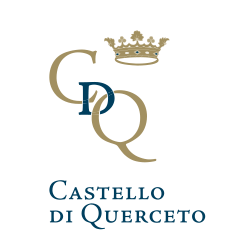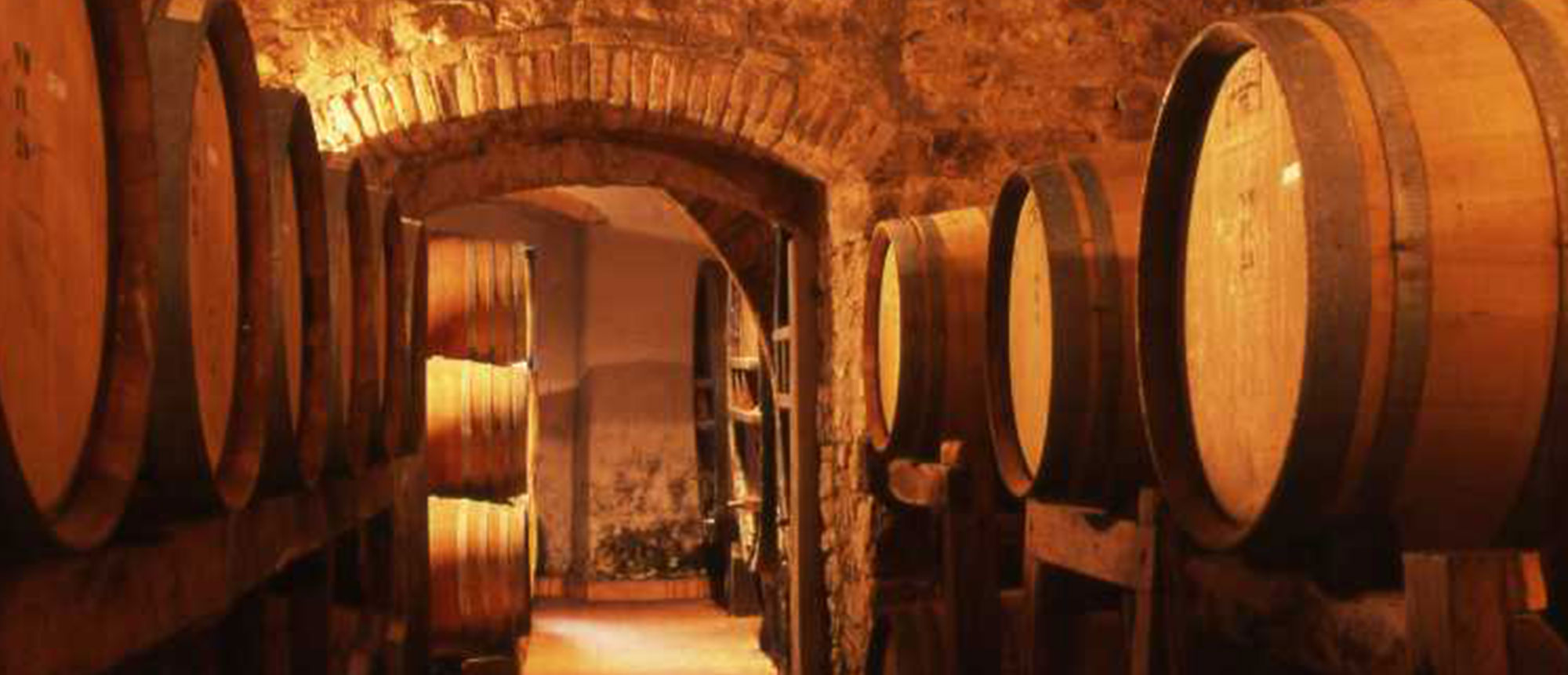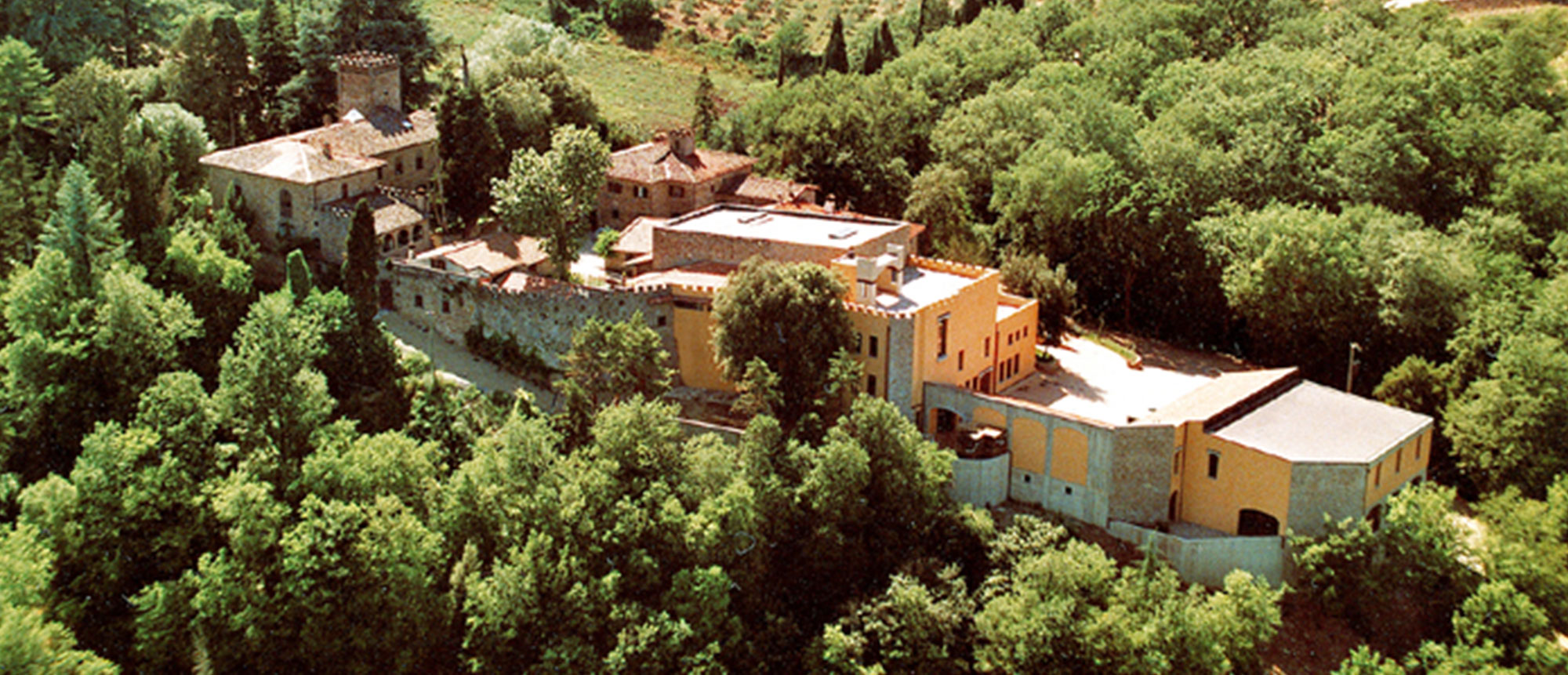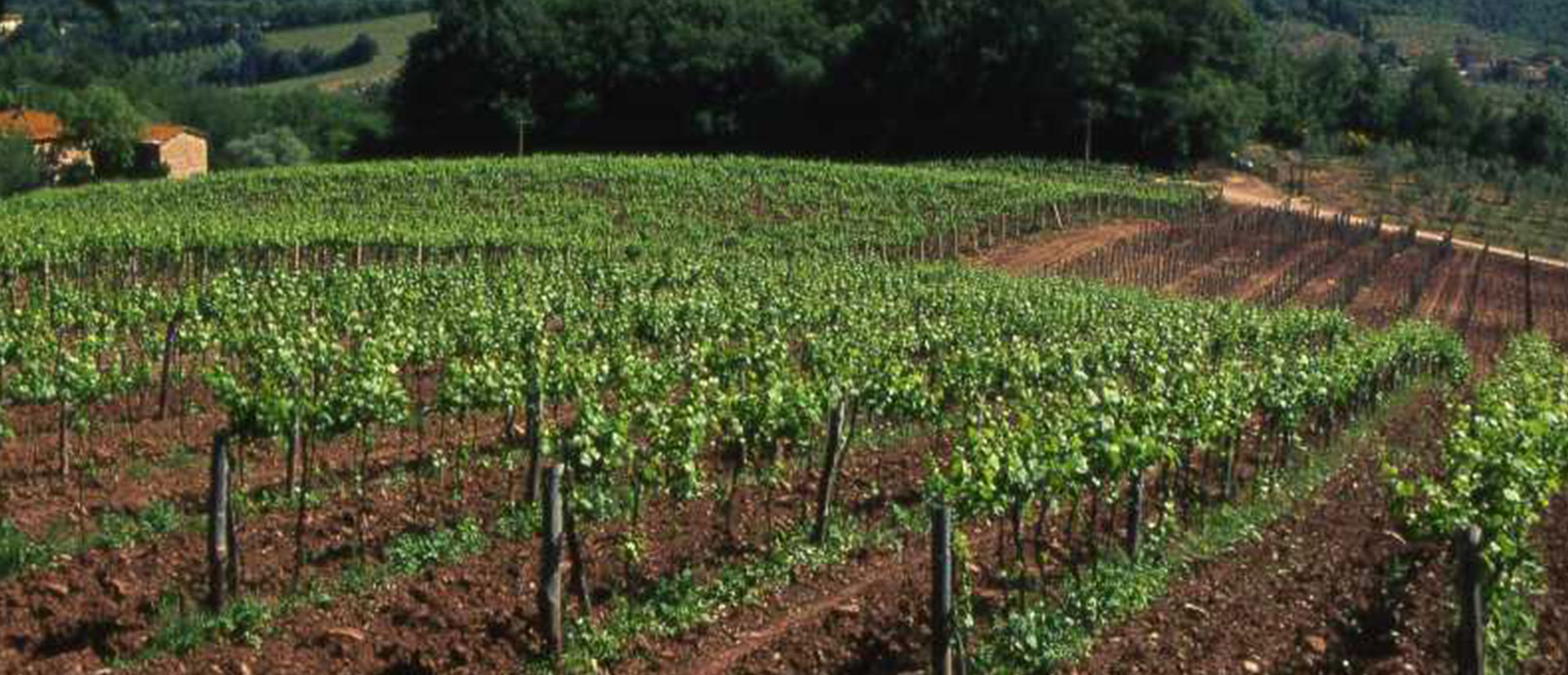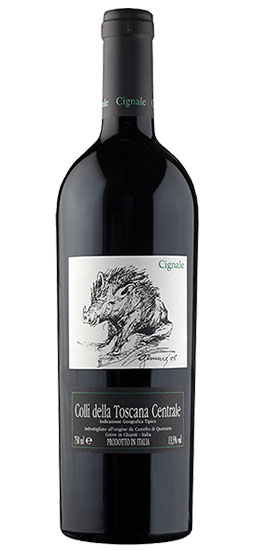Castello di Querceto
Cignale was created in 1980, when Neil and Maria Empson decided to make their own Super Tuscan along with Alessandro “Sandro” François, who owns a historic estate in northeastern Chianti Classico – one of the finest sites in Greve in Chianti.
POINTS OF DIFFERENTIATION
- Superb location in the northeastern portion of Chianti Classico, near Greve in Chianti
- Low-yielding clones of Cabernet Sauvignon from Bordeaux, grafted onto 20-year-old Sangiovese vines, which give extra depth to the wine
- An abundance of nitrogen in the soil, which lends to the wine’s aging ability
THE HISTORY
Neil and Alessandro treated their first few harvests as experimental, aiming to reach the perfect flavor profile before releasing the wine. In 1983, during one of their preliminary harvests, the entire crop was wiped out by wild boars who feasted on the entire thing. They had lost their crop, but, as a silver lining, the Empsons had now gained a name for their wine: Cignale, Tuscan dialect for cinghiale or “wild boar.” Cignale was finally released in 1990, with the 1986 vintage. The wine had spent two years in 75% new barrique and 25% used ones. Each year the wine is carefully blended and aged according to the characteristics of that vintage. Maria Gemma Empson, designed the labels, which feature a series of six pen and ink drawings depicting Cignale’s first, bristly fans.
THE TERROIR
The François’ own a historic estate in the northeastern portion of Chianti Classico, near Greve in Chianti – one of the region’s finest sites. The property is superb: elevated hillsides rising 1,320 to 1,740 feet above sea level, with a unique geological composition; Cretaceous-Eocenic polychrome schist, rich in manganese and alkaline earth metals. One of the key features of the soil is its high nitrogen level, which lends longevity to the wine. The vineyards were planted with five acres of new, low-yielding clones of Cabernet Sauvignon from Bordeaux, and 1.25 acres of Merlot. Another 1.25 acres were planted with Cabernet Sauvignon grafted onto 20-year-old Sangiovese vines to give some extra depth to the new wine.
